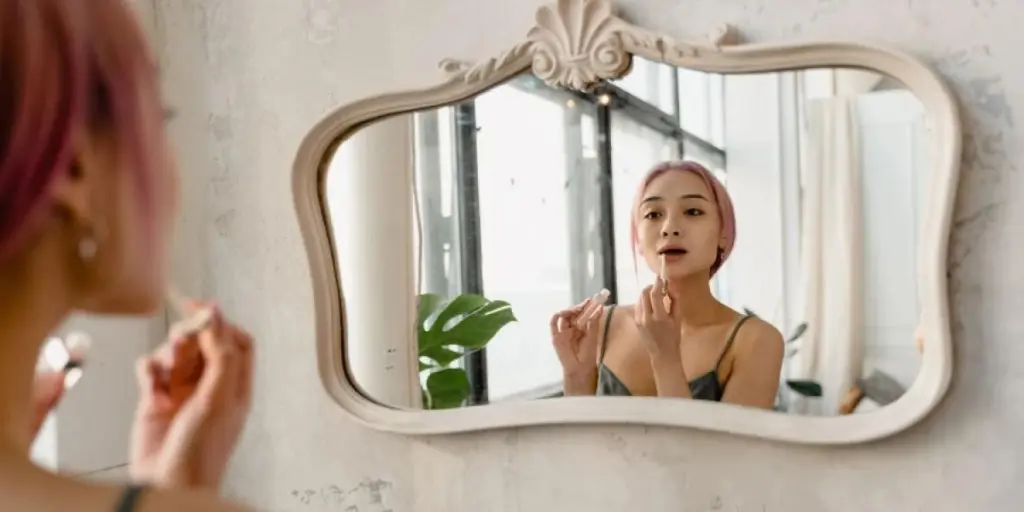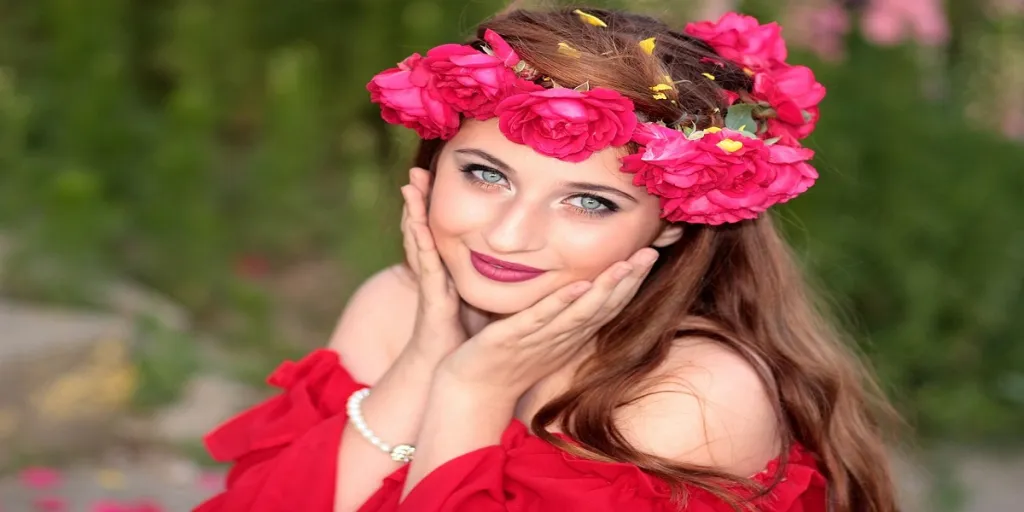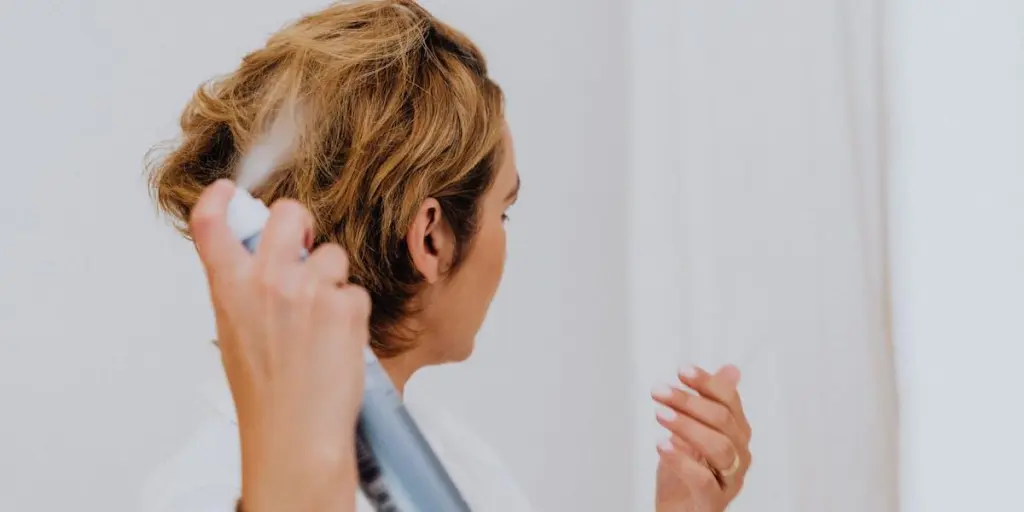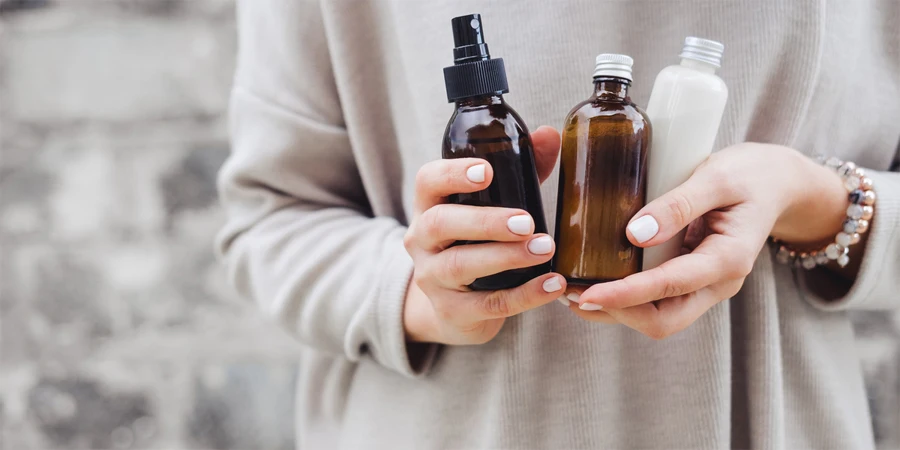China’s beauty industry has had a rough past couple of years. Due to the strict pandemic lockdowns and economic uncertainties, fewer consumers were investing in beauty products. But the cosmetics industry in China is rebounding.
As the second-biggest global cosmetic market, it’s no surprise that Chinese makeup and personal care companies dominate the industry.
There are many beauty and personal care companies in China, but five are leading the region. The companies vary from luxurious cosmetics brands to personal care titans, releasing products such as makeup, skincare, toiletries, and hair care. These brands create innovative products for the face and body.
Here are five made in China cosmetics brands that wholesalers should prioritize and why their future is promising.
Table of Contents
Overview of the cosmetics market in China
5 made in China cosmetics brands to follow
Sell the right products
Conclusion
Overview of the cosmetics market in China
The Chinese beauty and personal care industry is worth USD 59.06 billion. And ever since the pandemic, beauty sales have been increasing–specifically with brands based in China.
China’s domestic beauty sector is rising rapidly. These brands are gaining momentum both in brick-and-mortar stores and online sales and are gaining recognition in the international beauty market.
One of the factors driving global C-beauty growth is retail powerhouse Sephora, offering support to various Chinese cosmetics companies and helping them grow internationally. Sephora is doing this by emphasizing factors that make C-beauty unique, such as radiant skin and rich color.
Because of these efforts, China has global competition against other APAC beauty trends, notably K-beauty (from South Korea) and Japanese beauty powerhouses. By 2027, C-beauty will reach 51% of the international beauty market.
There are many reasons why C-beauty is dominating domestic and international beauty landscapes. Many C-beauty brands are innovative, using the latest technology to create high-quality beauty products.
5 made in China cosmetics brands to follow
The five biggest Chinese brands to follow are Chando, WEI Beauty, Herborist, 5Yina, and Pechoin. These brands are catapulting China’s beauty market. Thanks to these companies, C-beauty is expected to be in competition with K-beauty and Japanese cosmetics brands.
Chando
Chando is the biggest brand in the C-beauty sector. Chando’s brand value increased by 36% in 2023 and is taking over the international market. Currently, Chando products are also sold in Canada, Malaysia, and Indonesia. Chando is best known for its unique products and luxurious branding, capturing the attention of beauty enthusiasts.
Chando was formed in 2009. Their goal has always been to accentuate natural beauty, and all their products are made with natural ingredients.
WEI Beauty
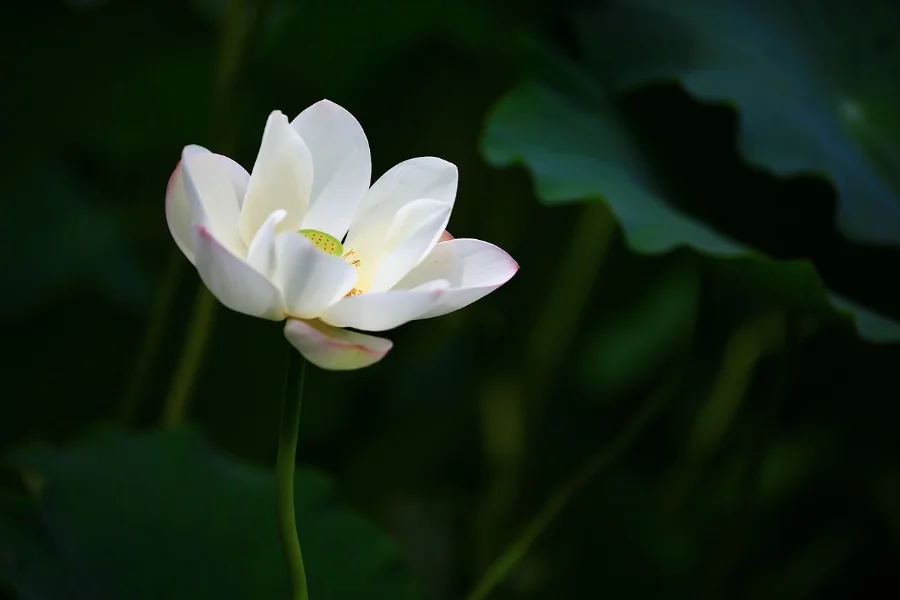
WEI Beauty is another brand that has developed a cult following. They combine ancient Chinese medicine with modern beauty trends, such as eye masks formulated with white lotus.
WEI Beauty’s founder, Wei Young Brian, is a graduate of Traditional Chinese Medicine. Wei uses the highest quality herbs, sourcing them from farmers in remote areas of China. From here, they take the herbs to the lab, where real innovation occurs.
Herborist
Herborist is one of the oldest Chinese brands in the beauty industry. They formed in 1998 and also formulate their products with ancient skincare practices. Because of their notoriety, they’re a big name in China’s domestic and global beauty markets.
As a high-end beauty brand, skincare lovers can find Herborist products worldwide. They even have a flagship store in Paris!
5Yina
5Yina is another brand developed by traditional Chinese medicine practitioners. But what makes this company stand out is how their skincare products improve your overall physical health. For example, Skullcap Root is a common Chinese medicinal herb and a potent antioxidant. They have five distinct product lines, all inspired by the five seasons in traditional Chinese medicine.
Pechoin
Pechoin is another major pioneer in China’s beauty industry. They’re the oldest brand on this list–formed in 1931, Pechoin is a major name in C-beauty and beyond. However, the brand fell off the radar for some time.
Recently though, Pechoin has rebranded and is receiving endorsements from beauty influencers. They’re now entering the spotlight again, and they’re the #1 Chinese skincare company. Their all-natural product lines are especially popular among the younger generation, fitting with modern beauty philosophies.
Sell the right products
International brands can source premium beauty products at affordable prices. Skincare is especially popular in C-beauty, but brands should source effective yet natural products.
Since ancient Chinese medicine is prevalent among domestic brands, international companies can use the same powerful ingredients. An ingredient like Matsu Kelp contains vitamins, minerals, and antioxidants. These ingredients are beneficial to the skin and also improve overall physical health.
Brands can source sheet masks with kelp to offer consumers a weekly dose of vitamins and minerals to protect their skin.
Ginseng is another common ingredient used in traditional Chinese medicine. This is a powerful plant with anti-inflammatory and antioxidant properties. Ginseng is also said to improve the appearance of aging symptoms, such as wrinkles and dark spots.
Consumers can use serums infused with ginseng as an aging treatment and preventative, as well as a product for general skin protection.
Conclusion
China’s beauty industry is growing rapidly, with an impressive global market share in beauty and personal care. This trend is expected to increase over the next few years. Some of China’s leading beauty brands are Chando, WEI Beauty, Herborist, 5Yina, and Pechoin.
For international brands to make it in China’s market, companies must target Gen Z and female consumers. Engaging with this demographic on social media is necessary, and all advertising and branding should reflect inclusion, diversity, and eco-friendliness.
International brands should also formulate products that cater to China’s market, powering products with powerful ancient Chinese medicinal herbs.
To profit in the global beauty industry, brands must know the latest trends and predictions. Continue reading the Baba Blog to stay on top of everything new in the beauty industry.
